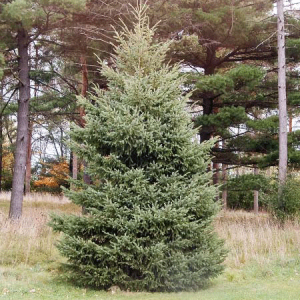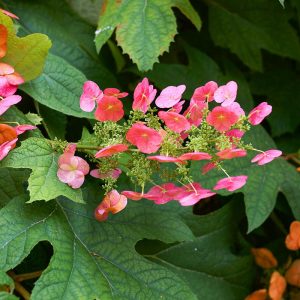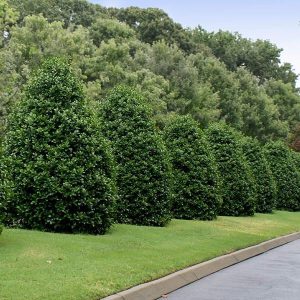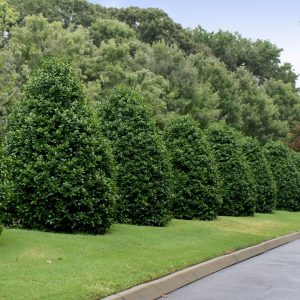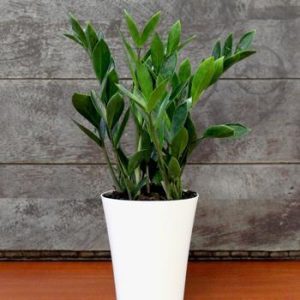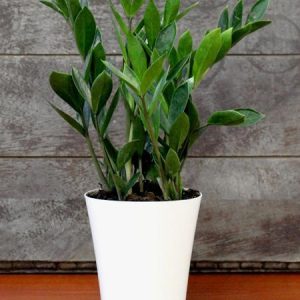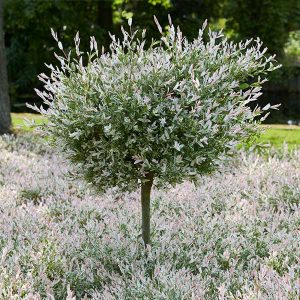Carolina Reaper Pepper Plant – USDA Organic Online Sale
- Estimated Delivery : Up to 4 business days
- Free Shipping & Returns : On all orders over $200
Grow the World’s Hottest Pepper…Organically!
There’s definitely a reason to fear the reaper if you’re talking about the Organic Carolina Reaper Pepper! Aptly named, these peppers top the Scoville Heat Scale at over 2.2 million – nothing beats the heat of the Carolina Reaper. It is 600x hotter than a Jalapeno and 20x hotter than a Habanero.
That being said, it’s the perfect pepper to add a punch to your meals. Whether you’re making your own organic hot sauce or salsa, or simply want to add some heat to dinner:
-
Nothing is hotter: If you’re looking for spice, look no further.
-
It s easy to grow: Peppers can be tricky to grow from seeds, but with our organic seedlings, growing is effortless!
-
It s organic: No synthetic pesticides or GMOs.
-
Because pepper skin easily absorbs pesticides and harmful chemicals, it s even more amazing that our Carolina Reaper Peppers are grown organically. It means all-natural, delicious growth and taste that are achieved easily. Win the next big chili cook off or simply impress your neighbors at your summer cookouts with the perfect punch of heat!
And they re so easy to dry and store that you’ll be adding heat to your dishes year-round. Just make sure to invest in a good pair of kitchen goggles – you’ll need them when you start cooking these dangerously hot peppers! Can you handle the heat? Order your Organic Carolina Reaper Pepper Seedlings today!
Planting & Care
Classified as the world’s hottest organic pepper, the Capsicum chinense, more prominently known as the “Carolina Reaper”, brings the heat. Earning its title once in 2013 and again in 2018 after further testing was done, its own term of endearment – “Dragon’s Breath Pepper” – is particularly apt.
Pepper spiciness is measured by the Scoville scale in what’s known as Scoville heat units. Habaneros (200,000 SHU) and Ghost Peppers (1 million SHU) were the former leading contenders but the Reaper tops these infamously spicy iterations and measures as high as 2.2 million SHU!
Reaper Peppers have a sweet and fruity flavor just before the heat kicks in, so savor that brief respite while it lasts! Native to the Carolinas, the Reaper Pepper is commonly grown in USDA Growing Zones 8-11 but can be successfully container grown in areas more prone to cold, such as USDA zones 4-7. The Reaper prefers a full sun location, is ready for harvest between 90 and 120 days and will reach a mature height of approximately 5 feet. Planting Reapers as sprouts over seeds is the preferred, more effortless route because the probability of failure with seeds is eliminated. When you’re ready to use your peppers, ensure you have a spare set of goggles for eye protection. These monstrously hot peppers can be easily dried and stored for use year-round but can be an eye irritant.
Choosing a location: Carolina Reapers love a full sun location, so ensure your planting location gets at least six hours of direct sunlight every day. When ground planting, do a quick soil test to check your acidity. Reaper peppers prefer a slightly acidic (5.8-6.5 pH) and well-drained soil. If you’re planting multiple peppers, space them 2-4 feet apart.
*Soil testing kits can be purchased at your local gardening centerPlanting directions (in ground):
1) Dig your hole just as deep but two to three times as wide as the root ball, well past the point of frost and any remaining cold snaps.
2) Carolina Reapers thrive in organic matter-enriched soil, so mix in compost or aged manure with your native and gardening soil back fill blend. Blending with 10% perlite and 10% vermiculite to a rose soil as a back filler may encourage Reaper growth.
3) Carolina Reaper Peppers have shallow roots, so resist the urge to press the soil down firmly as you back fill. Light tamping of the soil should suffice to prevent air pockets from forming and allow the roots to spread.
4) Water your new plant to settle the soil and then mulch to help conserve soil moisture. Reaper Peppers thrive in consistently moistened (but never saturated) soil.Planting directions (potted): Carolina Reaper Peppers can be planted in a container first to become a bit more established before ground planting. If you live in a colder climate, you will have to periodically re-pot the plant rather than plant in the ground.
1) Select a 3-5 gallon pot and ensure it has ample drainage holes. You may start with a 3 gallon pot but will need to upgrade to a 5 gallon pot for larger plants.
2) Reapers love compost, so for the best results, use a 70 30 blend of compost to potting medium. This will give you some slight moisture retention but also ensure your Carolina Reapers soak up all compost nutrients. 3) Place your potted Carolina Reaper in an area that will receive six or more hours of sun every day, such as a South-facing window in your home.Watering: Grown to thrive in consistently moistened soil, Carolina Reaper plants will need to be monitored regularly. Mulching ground-planted Reapers will greatly reduce the need to water frequently, however.
To monitor potted Reapers, insert your index finger into the soil to a depth of 1.5-2 inches and feel for moisture. If the soil feels dry, water your Carolina Reaper plant until water begins to seep from the pot’s drainage holes. Avoid oversaturating the soil, whether your Reaper is in the ground or in a pot.
Fertilizing: Aged manure or fish emulsion is the best fertilizer for a Carolina Reaper, offering a more organic method of introducing nutrients into the soil. If you go the non-organic route, a 5-10-5 or 10-10-10 fertilizer formula is advised. Take care in using anything that might cause excessive nitrogen buildup. Although it’s good for limb and foliage growth, nitrogen can inhibit blooming and stop peppers from growing.
*Planting Tip: Do not feed your pepper plant until after it has flowered. Delaying feeding will result in a much healthier yield.Pruning: Identify the lowest group of small shoots (or nodes) where new growth forms and cut the stems 2 inches higher to allow die back. This thorough pruning will allow a burst of growth during the following spring season. Be sure to wear protection for your hands as well as your eyes. Capsicum is not easily removed from hands, even with vigorous washing. When you’ve finished pruning your Carolina Reaper, it will resemble a rose bush that has been cut back to the base, save for a couple of 0.5-1 inch limbs left from the remaining trunk.
Another good tip for container-grown pruning is to check for aphids and black flies. You can remove the plant from the container during the pruning period and rinse the root system clean of possible insect eggs and or larvae. Be sure to re-pot with fresh compost and potting medium for an insect-free soil for next season! If your Reaper is ground planted, be sure to prune as the cooler seasons approach.
Harvesting: Ready to crank up the heat for your recipes? Watch for your Carolina Reaper Peppers to turn a bright red hue to indicate ripeness. You can pick Reaper Peppers while they are still green, but they’ll have more flavor and, most importantly, heat if you wait for their fiery red color. Freezing, drying, pickling, even incorporating into salsas, are all perfect ways to preserve your Reaper harvest. Again, be sure to wear gloves and protective eye wear when harvesting Reaper Peppers – these delicious snacks are too hot to handle!
| Size | 1 Quart |
|---|









